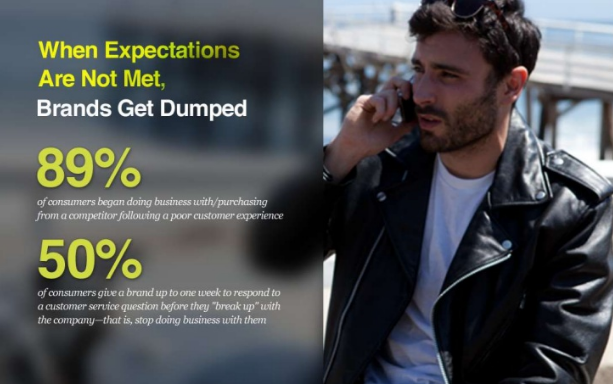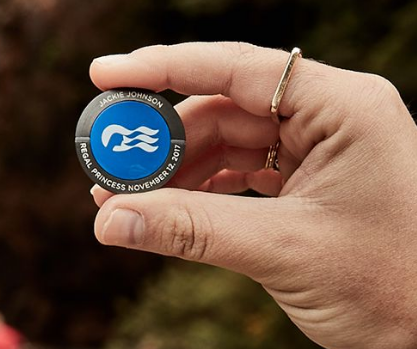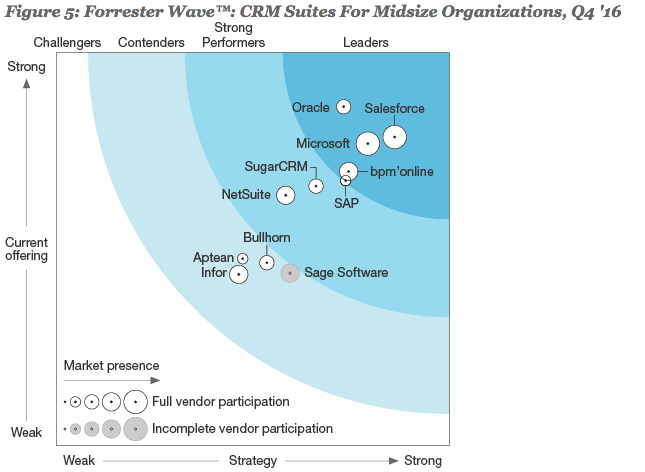
by twieberneit | Feb 1, 2017 | Blog |
Good customer service, customer experience and customer experience management are all about technology and its right use. This is what many of the articles that one could read on various platforms can make one think. Just that it isn’t. I guess I contributed my share to this misconception, too. My excuse is that I am a techie by trade and at heart. Sure, technology is a part of delivering a good customer experience but there is much more to it. Technology enables the digital presence of a business and helps its employees delivering better experiences – if available and used. But delivering a good customer experience first and foremost involves people, then policy and process. Technology is the last priority contributing, it is an enabler, a means to an end – not the end itself. On the other hand there are reports over reports saying that customers stop doing business with a company after bad experiences, sometimes even after a single bad experience, e.g. shocking 89 per cent according the 2011 Rightnow Customer Experience Report, or 62 per cent according to the 2015 Parature Global Customer Service Report. The 2016 Institute of Customer Service UK Customer Satisfaction Index finds that most UK customers want a balance of price and service, given there is a minimum service level. And the list goes on and on. While all these statistics likely have some grain of truth there are also numerous examples of poor customer experience not having a detrimental impact on a company. This is probably in part due to who asked the question, how the question was asked; this often...

by twieberneit | Jan 18, 2017 | Blog |
A few years ago Disney embarked on a massive customer experience journey that included the introduction of a ‘Magic Band’. Disney at that time followed (and likely still does) an idea that can be paraphrased as looking at everything through the eyes of the customer and pay attention to all details. During his 2016 CRM Evolution opening keynote Dennis Snow explained this concept and implementation in depth (see also my earlier CRM Evolution post). Dennis talked about the Disney way of creating great customer experiences, which basically follows three simple rules Design your processes with the customer in mind, not with internal/operational priorities; look through the lens of the customer Pay attention to details Create little “Wow Moments”. These add up to a lasting great experience and are easier to achieve than single “big” experiences. To me the most important message that Dennis conveyed is that the simple things and consistency are what matters. Consistently provide little experiences throughout the customer life cycle. He underpinned this with some examples from the ‘ordeal’ of getting out of the park and back into the hotel. Everybody is exhausted, kids may be edgy, riding the bus is usually not fun. What about the bus driver singing some songs or doing a little trivia? The rooms showing some little surprise, like specially folded towels? Another of his core messages was that a company gets loyalty and advocacy only by creating those “wow” moments mentioned above. For this to be effective, however, it must not fail at base priorities. Customer expectations can get mapped to a pyramid. Every customer expects accuracy and availability. These...

by twieberneit | Dec 21, 2016 | Blog |
2016 has been the year of Artificial Intelligence and machinelearning. With the year being almost at an end, let me chime in to the gang of pundits who venture into prediction land and pronounce what we get out of our glass balls. So here are my 5 plus 2 bonus ones. AI gets mainstream in Consumer Environments Alexa paved the way, the Google Assistant is on its heels, Microsoft Cortana wants to get there, too – and Apple, amazingly, is a late starter in this environment. Amazon started with a pretty smart strategy by not overselling the capabilities of its underlying AI, as Apple did with Siri, which caused some grief for Apple and some laughs for many people around. More and more helpful Alexa skills are developed and implemented that improve its usefulness. Similarly Google; they started late but are in the game now, too – following a different strategy of adding new functionality by just making it available in contrast to Amazon, who opt to have users individually enable ‘skills’. Identification of what these systems can do will be an interesting question. Facebook’s Mark Zuckerberg created a butler for his house, who he calls Jarvis, like the one of Tony Stark in the Ironman movies. Google recently based its translation engine on machinelearning and AI, seeing vastly improved translations. Facebook’s translations base on an AI, too – although this one still seems to have a lot to learn. Not to mention all the countless other consumer services Google has, that utilize machinelearning and AIs in the background. Two of the main developments to look at here are...

by twieberneit | Dec 1, 2016 | Analysis, Blog |
Finally, the much-anticipated Forrester Wave on CRM Suites for Mid-Sized Businesses Q4/2016 has been published by Kate Leggett and her team at Forrester Research. Besides the usual suspects Oracle, Microsoft, Salesforce, and SAP it covers 7 more vendors that fulfil Forrester’s definition of a CRM suite for mid-sized businesses. This definition roughly is To be considered a suite the software covers at least three of the CRM disciplines Marketing Sales Force Automation Customer Service Field Service E-Commerce Customer Analytics There needs to be prebuilt integration between the products, if they are not within the same system; integration shall be via open standards to allow for integrating other applications. The software needs to be targeted at organizations between 250 and 999 employees. Multiple industries need to be targeted. Of course, the solutions need to be in active use and there need to be customer references. The Forrester Wave has some interesting results, some confirming what other people see, too, others somewhat surprising. Let me start with the confirmations, continue with bits that surprised me, and close with an SAP specific view. The Confirmations Of course, we are talking cloud – cloud and nothing else. As can be expected all vendors strive to deliver a toolset that helps their customers to deliver consistent customer experiences. Now I, and others, would argue that the experience is largely in the realm of the end customer and the users and that there is nothing like a ‘system of experience’. Delivering consistent experiences encompasses far more than a CRM suite. But then it is far easier (and sexier) to talk about delivering experiences than about...

by twieberneit | Nov 16, 2016 | Blog |
Today’s customer is impatient. They want – and have the right to – get answers to their questions and concerns about a company’s products and services without being in the need to preform lengthy searches or to dig around. This holds true for pre-purchase questions as well as to post-purchase questions. We regularly see or read statistics that tell us that customers are not very forgiving in cases of poor customer service, but on the contrary are inclined to leave when encountering a single instance of poor service. If customers do not get the answers to their questions without difficulties they are moving on, no matter of the company or its size. This meanwhile has become a kind of public domain knowledge. The only way for a company to avoid customers leaving with the first bad experience is by building up and maintaining a good and credible history of helping a customer with solutions to address their needs (aka jobs-to-be-done) and by regularly providing good customer service. At all stations of the customer journey. An important part of this good service is being available to help the customers on their preferred channels, at the time of their choosing, and at their pace. Theirs, not the company’s! This includes that a customer initiating a conversation, or engaging in a conversation that is initiated by a company, may not respond in a while, or chooses to continue using another device, or both. On the other side a customer will not accept the company being unresponsive or losing information during handovers between different service agents. The conversation between a company and a customer...






